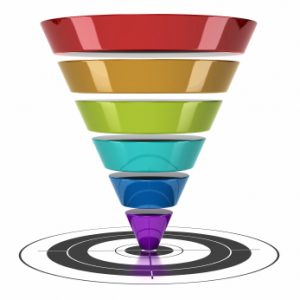
We all want to increase our business. After all, who wouldn’t? Yet for many businesses, it may seem like something is missing and you are not getting enough of the right results that you desire. Many businesses that cater to other businesses (B2B) have been implementing lower funnel marketing tactics such as Pay-per-click (PPC) search advertising, direct mail advertising, and other similar strategies. It seems however, that businesses that cater directly to consumers (B2C) might have more of the right idea.
Why? Because they tend to use strategies that focus more on cultivating new prospective customers from other areas they haven’t reached into before. They focus on branding and display advertising to draw in new customers. These strategies tend to be found more in upper funnel marketing. So what exactly is funnel marketing in the first place, you might ask? Read on to learn more about it and how a full funnel marketing approach can benefit you.
All Hail the Full Funnel
A marketing funnel is a system that allows you to track and improve your businesses’ marketing efforts in order to increase your customer base. It is split into two main parts: the upper funnel and the lower funnel.
The upper funnel, known as your “reach” area allows marketers to reach out to their target audience through strategies like content marketing, display marketing and other approaches. These efforts serve to build your brand and increase your brand awareness. Think of this part of the funnel as the place that forms the perception of your company to your target audience.
That! Company is the word leader in White Label Digital Marketing. We deliver results for agencies large and small world-wide. Learn More about our White Label Services and how we can help you achieve the results you deserve today!
The lower funnel, known as your “nurture” area allows marketers to nurture their prospects who are already interested in their product or service. In this area, the focus is on generating quality leads, increasing conversion, and gaining revenue. In a nutshell, it is acquisition – the bringing on of new customers.
The Way Buying Has Drastically Changed (and What this Means for You)
The activity of the buyer has changed over the years. Research conducted by Forrester Research shows that many buyers have already gone through the steps needed to make a decision well before sales even comes into the picture. In fact, 90% of the process has already taken place by the time consumers even reach sales, which only accounts for just 10% of the conversion itself. So why is this the case? The answer lies in the fact that there is far more readily available information out there for consumers than there might have been 20 or 30 years ago. Today, most consumers only need to look at their mobile phone to get what they are after. Research by eMarketer further shows that the average consumer spends over 23 hours a week in email, on social media, and texting.
In the last decade alone, marketers have seen these complex changes taking place and continuing to take place. Low funnel approaches like direct mail, tradeshows, and niche marketing tactics alone just aren’t bringing the prospect activity they once did. Now, the online market is where it’s at and where it’s looking to stay. Because of this influx of online users, naturally, online factors such as social content, reviews, and recommendations are holding a lot of weight. Plus search advertisements that show up on the websites they frequent are quite influential as well. Shoppers can now thoroughly and anonymously research and evaluate details about a product or service well before they even get to the buying point. With all these self-educating tools readily available, long gone are the days of naive consumers who can be sold by direct marketing alone.
Go to Them. Don’t Wait for Them to Come to You
It is clear to see that this means your work is cut out for you, as a business owner. These drastic changes clearly indicate that it is not the business but rather the buyer who now controls the marketing funnel. That being said, a full funnel marketing approach that reaches out to the target audience via digital marketing platforms early in the buying process will be most beneficial down the road. Many businesses have seen this trend and are already making crucial changes to their marketing efforts in order to capture potential leads sooner, therefore dramatically increasing their chances of a conversion later. Now is the time for marketers to take a proactive approach with outreach, early on as opposed to the older, more passive methods of expecting a customer response to direct marketing approaches.
The full funnel marketing approach means embracing all aspects, from the early stages to the latest stages, in order to secure your new customers. This means taking time to reach, nurture, and acquire. This must be done with a comprehensive approach to the full funnel marketing model that includes active reach to prospects, and actively nurturing them throughout the rest of the funnel, to ensure a conversion. It may seem most productive to focus your efforts mainly on lower funnel prospects; however, it is the upper funnel prospects that are most likely to convert, if given the right attention and awareness of your product or service early on. The goal is to remain on their minds so when the need for your product or service arises, you have already placed yourself in front of them.
Gaining the Upper Hand in the Upper Funnel
Since consumers can privately search for information on a product or service prior to making their informed decision, you may wonder how you can gain the upper hand when it comes to reaching out to them. Marketers have more advantage than they realize. Through all-inclusive tools such as analytics, marketing automation, and marketing software, you can obtain a lot of valuable information such as the target audience’s demographics, browsing history and behavior to best pinpoint your key prospects. You will also obtain extremely useful data, such as: the types of leads that visit your site, how they respond to your email marketing campaigns, their social media activity, and what advertisement they engage with most. This will effectively help you to decide the best paths to take in order to keep your products and services in front of the right audience. Brand awareness like this could then successfully be achieved through display advertising, search engine marketing (SEM), social media efforts, or content marketing.
As Matt Heinz, president of Heinz Marketing stated: “The top of the pipeline isn’t about generating leads; it’s about earning the attention of your prospects. The top of the funnel isn’t about you; it’s about prospects and their issues.”










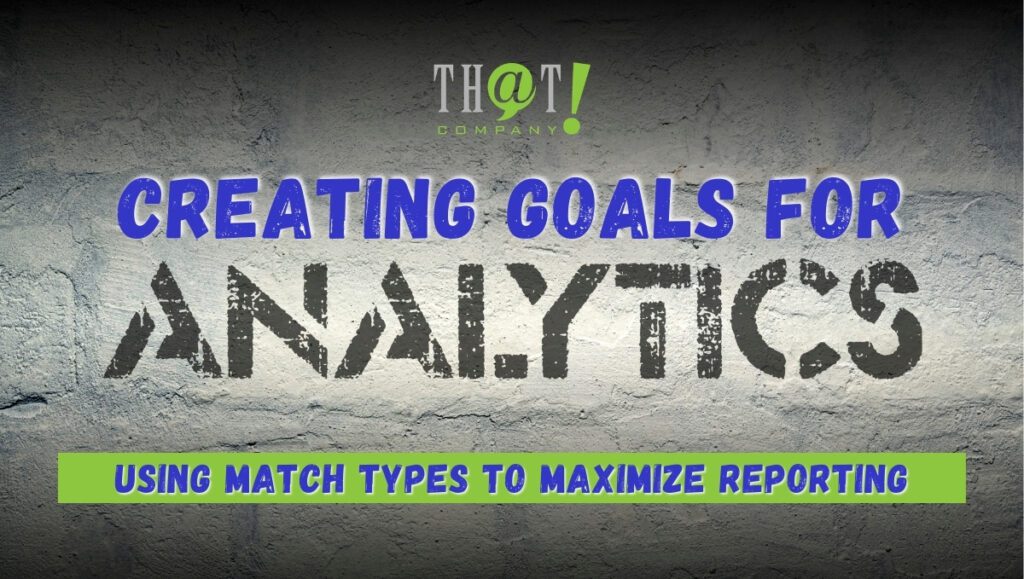

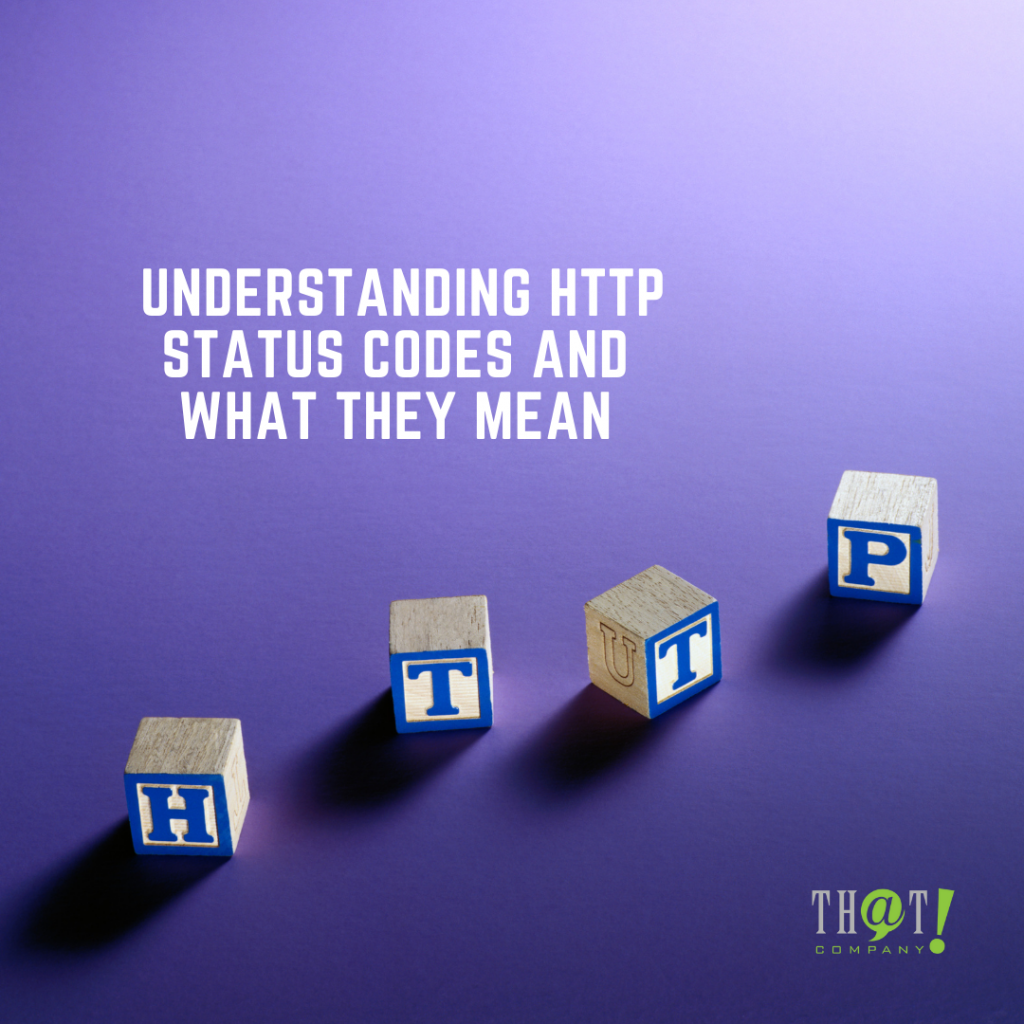

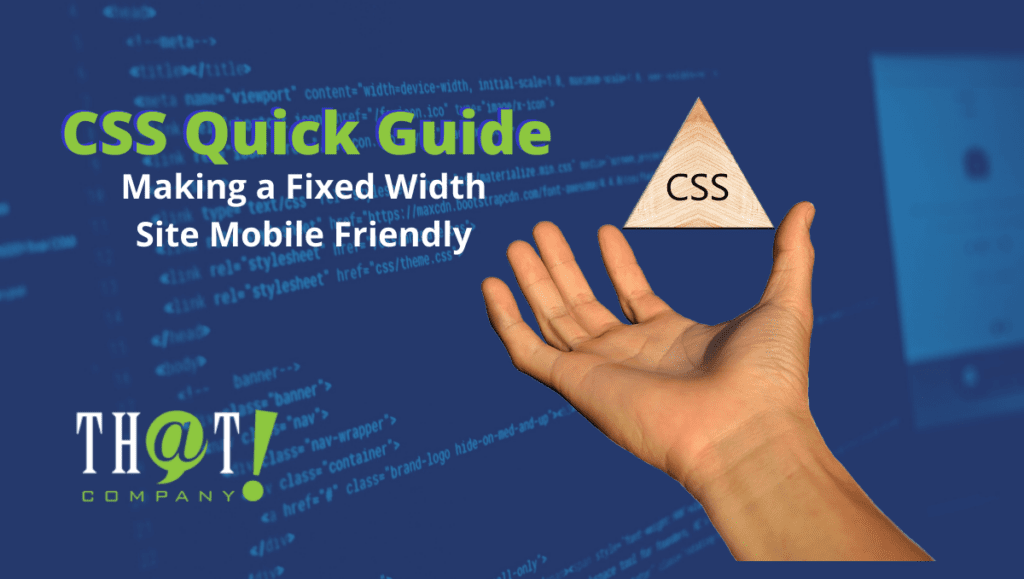



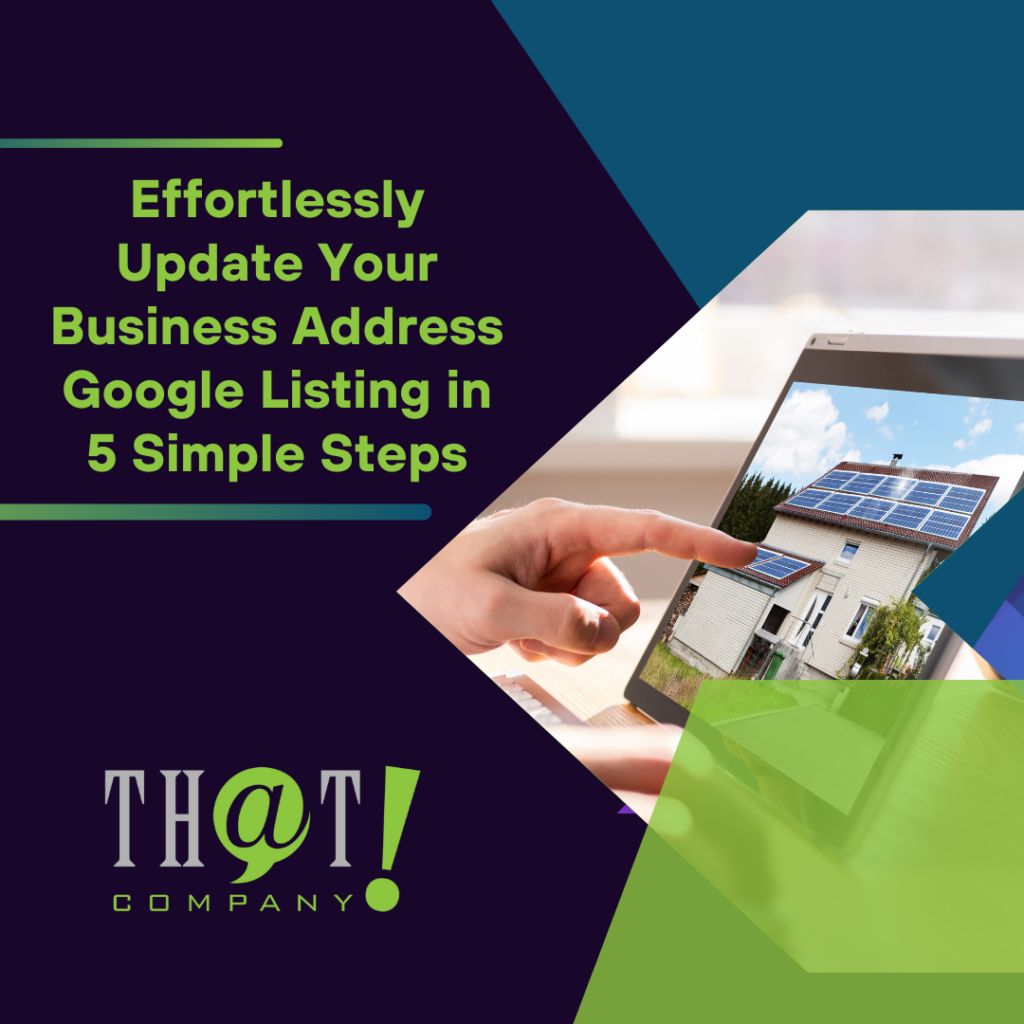

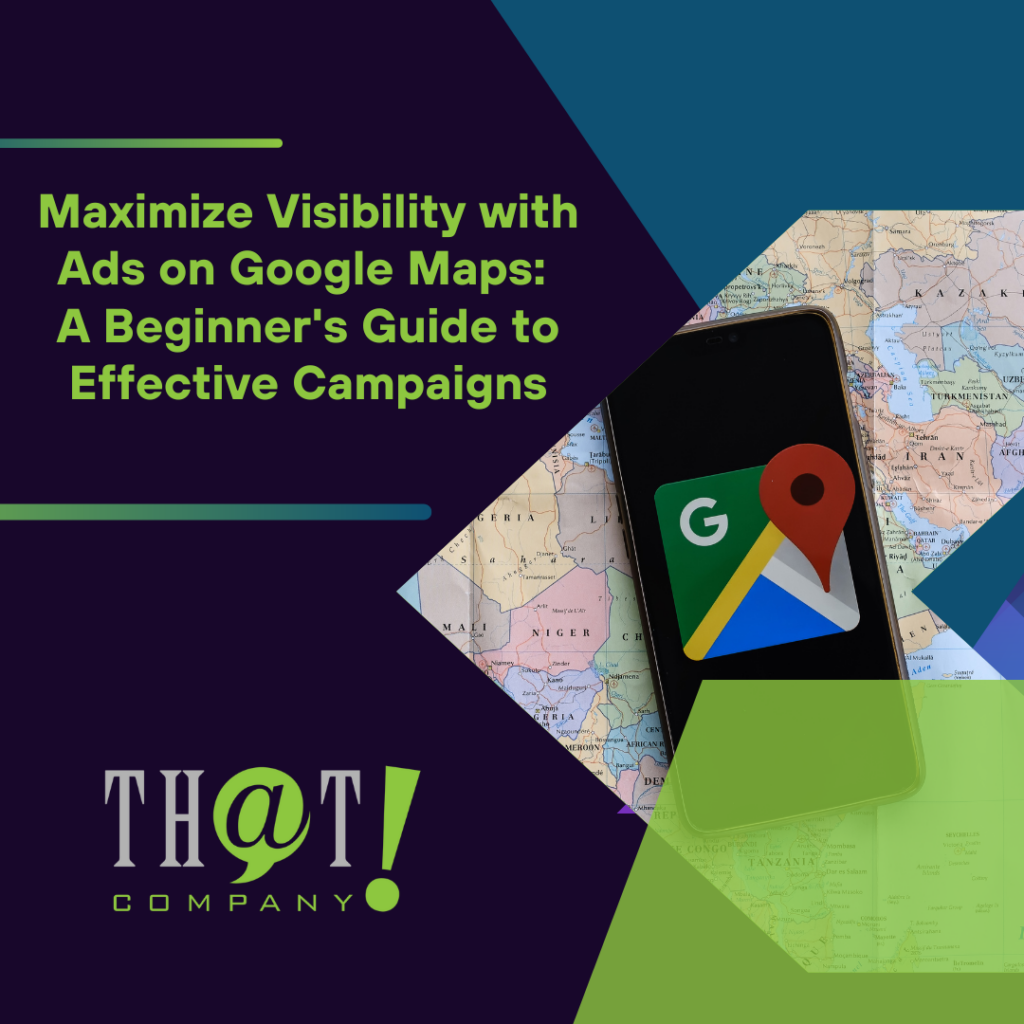
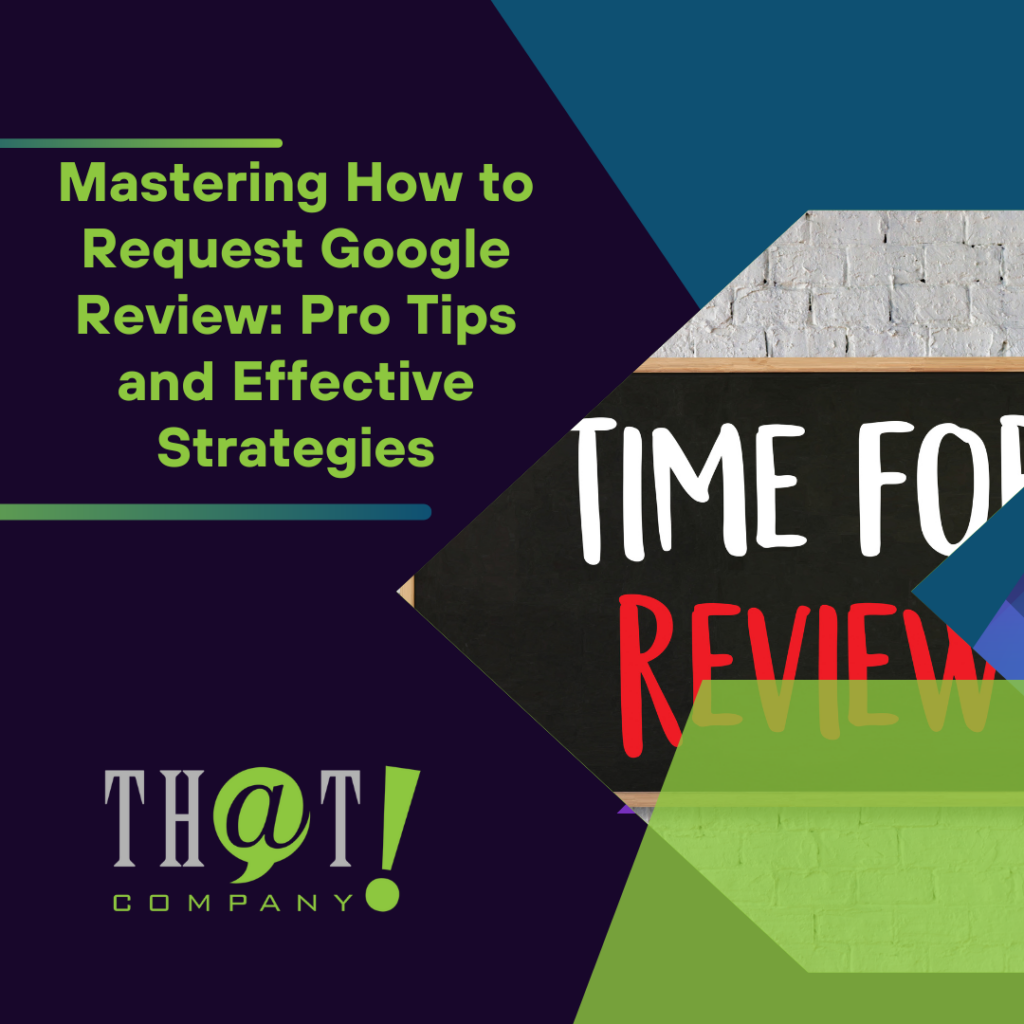

 Talk With Us
Talk With Us  Give Some Love
Give Some Love 


